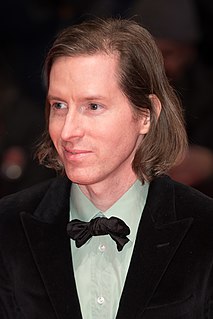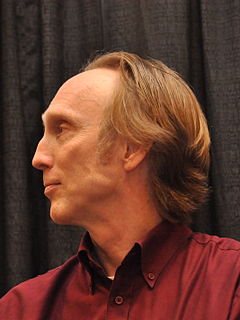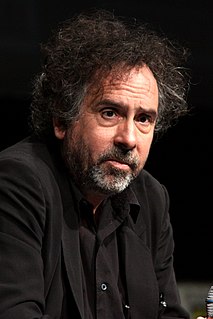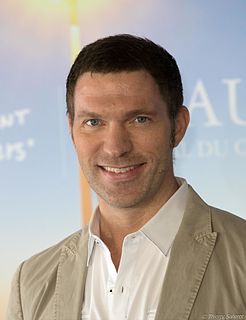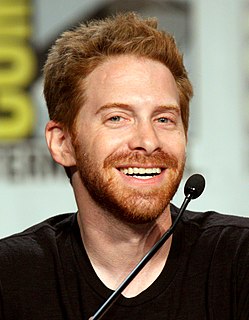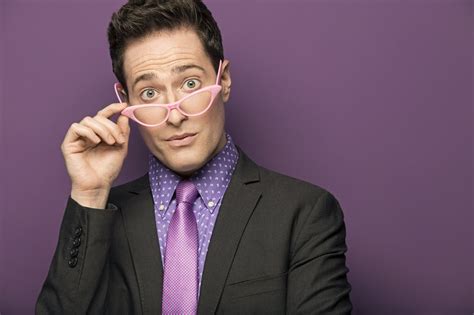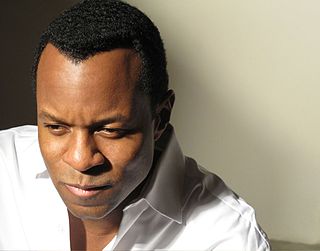A Quote by Wes Anderson
I've always loved stop motion animation and I particularly wanted to do stop motion with puppets that have fur, for whatever reason that is.
Related Quotes
I love all sorts of animation, probably the most beautiful would be the tradtional hand drawn animation that Disney is known for. Stop-motion has a certain "grittieness" and is filled with imperfections, and yet their is an undeniable truth, that what you see really exits, even it if is posed by hand, 24 times a second. This truth is what I find most attractive about stop-motion animation.
I started to do stop-motion when I was a kid. You take a Super 8 and make some models, and move, click, move, click. All that. I love all forms of animation, but there is something unique and special to stop-motion: it's more real and the set is lit like a set. But I think it's also a kind of lonely and dark thing to want to do.
Walking in stop-motion animation is probably the most difficult thing you can do... The way that they have these puppets connect to the set is they actually drill a hole in the set, and they put a threaded rod up through that hole and screw it into the bottom of their foot, and that keeps them in place.
I really love animation as a storytelling medium, whether it's traditional, cel animation, or CG, or stop motion, which is more our studio's area of focus. But I find that the creatives behind any kind of animation are typically very similar, and so regardless of what aesthetic they use to realize their vision, I'm usually pretty into it.
When you look back over 100 years when stop-motion was really at the dawn of cinema, a lot of the ways it developed was you had stage magicians who were looking to bring their illusions to life, and one of the ways they did that, at the time, was through cinema and stop-motion. They developed these processes.
